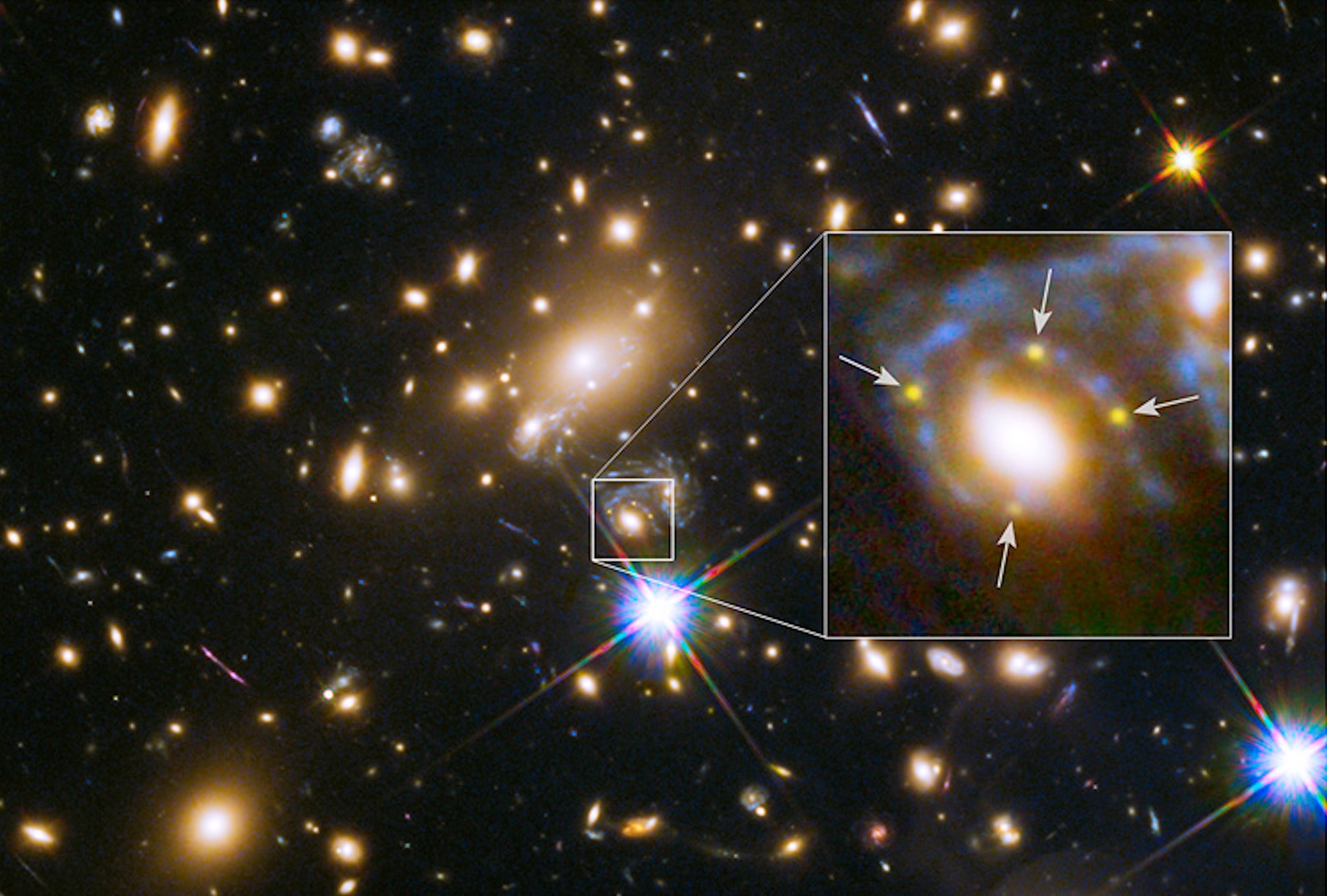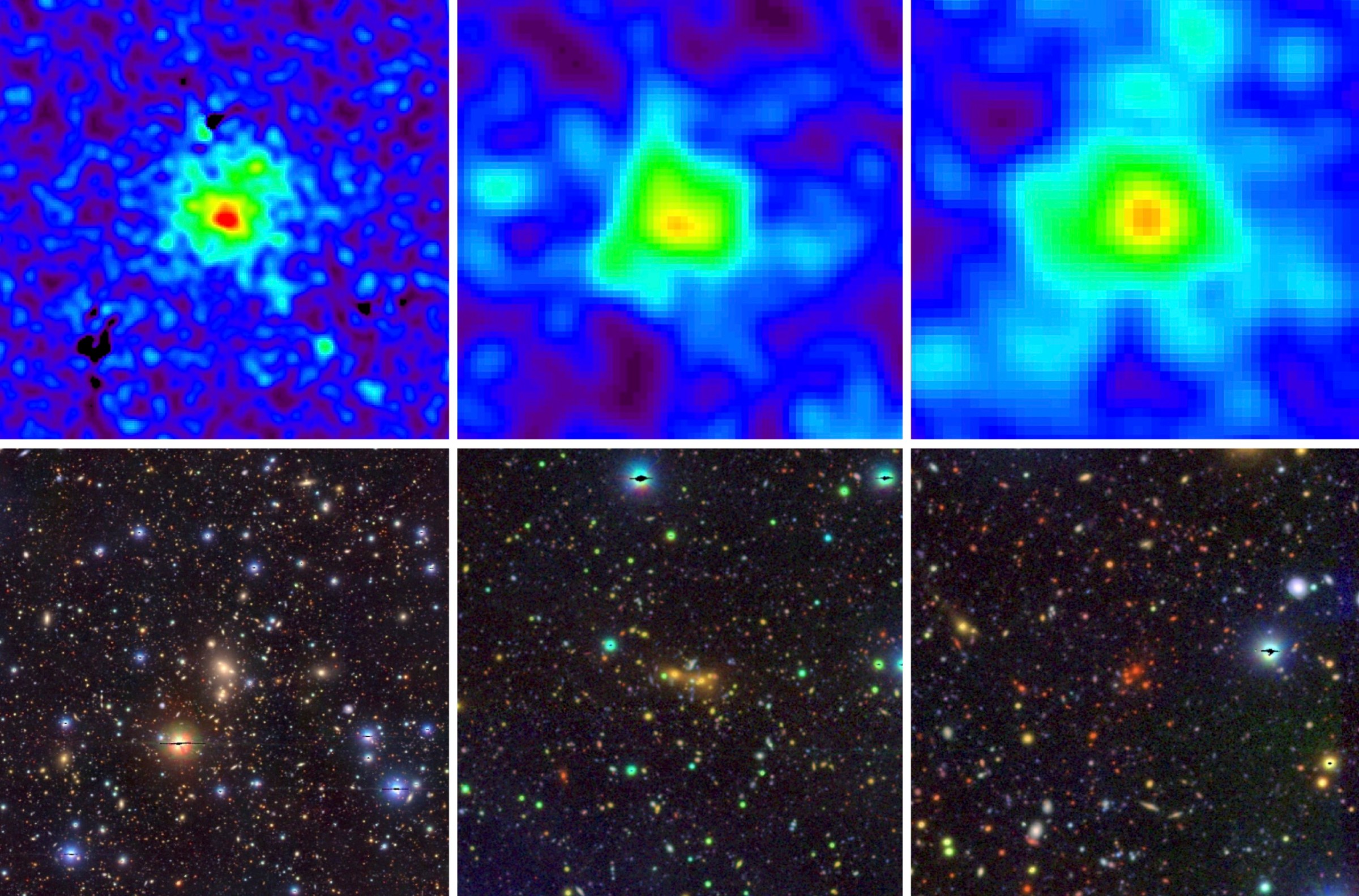Big Bang Theory: The latest science and discoveries
Join our Space Forums to keep talking space on the latest missions, night sky and more! And if you have a news tip, correction or comment, let us know at: community@space.com.
Latest about big bang theory
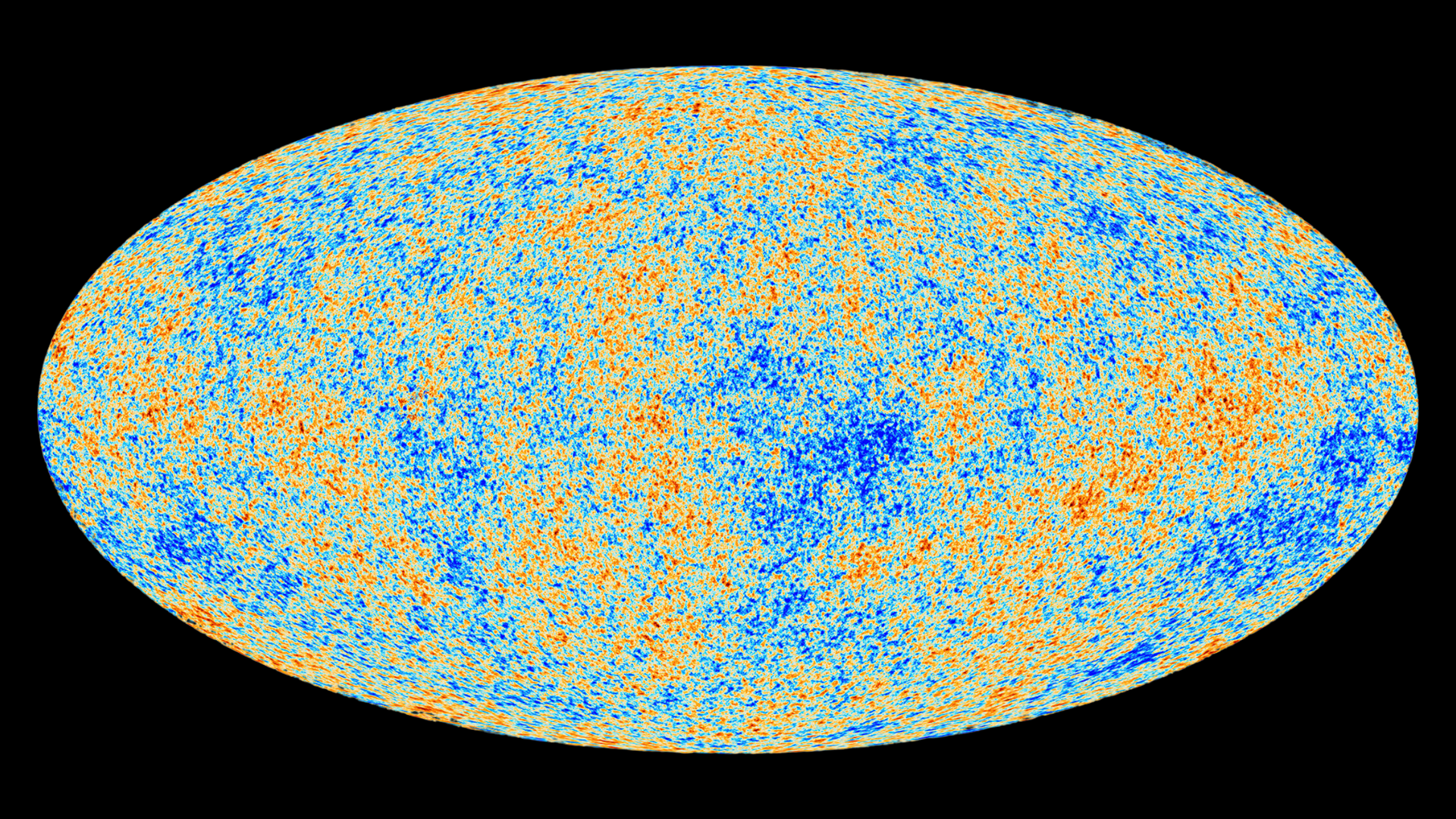
The 1st light to flood the universe can help unravel the history of the cosmos. Here's how
By Robert Lea published
Just as Darwin used the fossil record to piece together the evolution of life on Earth, scientists can use a "cosmic fossil," the universe's first light, to understand how the cosmos evolved.
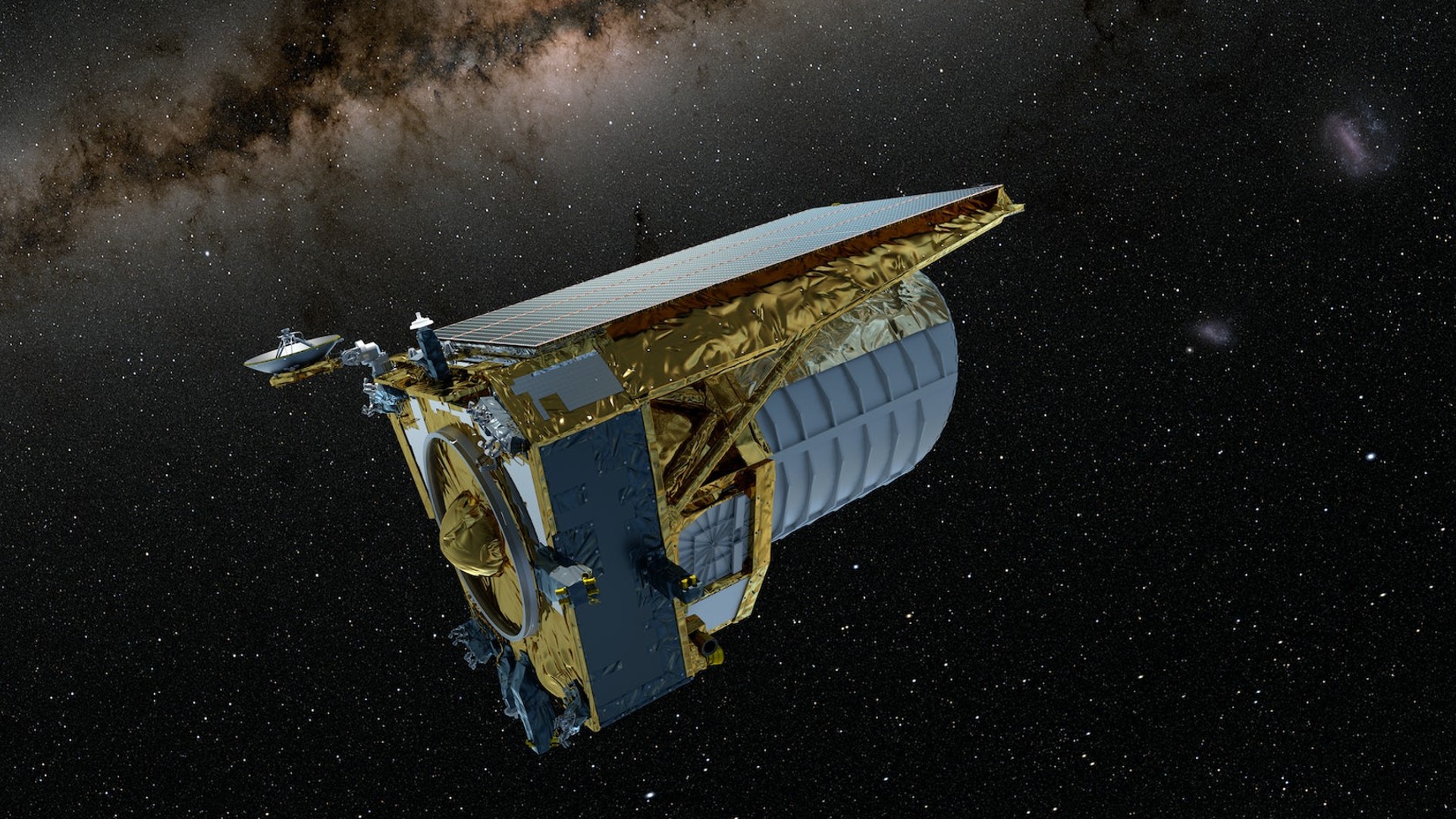
Who is the Euclid 'dark universe' space telescope named after?
By Keith Cooper published
Dark matter and dark energy distort traditional Euclidean geometry in the universe, and the Euclid mission will measure how much they distort it by.
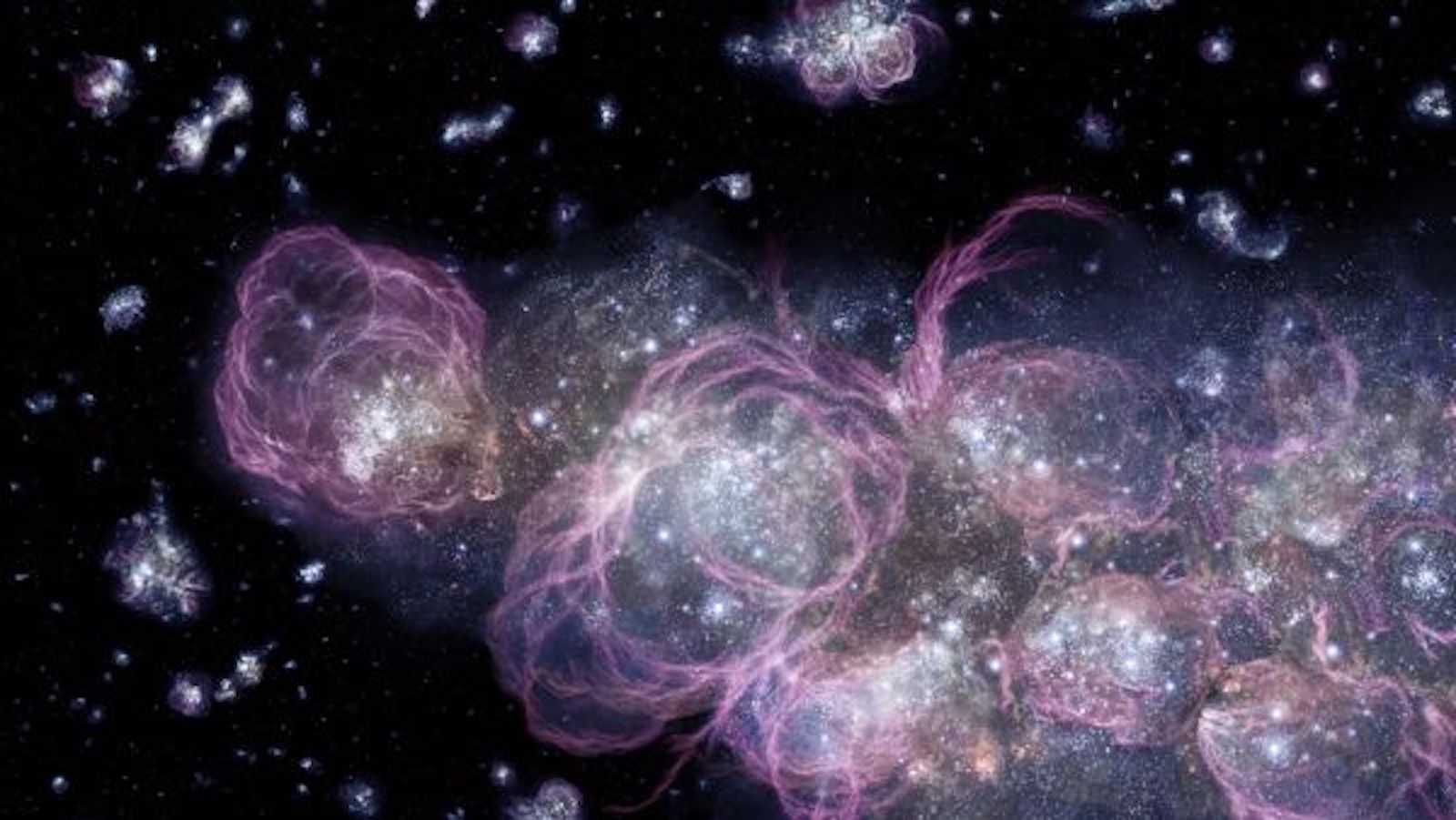
Why didn't the infant universe collapse into a black hole?
By Paul Sutter published
Why didn't the universe collapse into a black hole during the earliest moments of the Big Bang? Simply put, because that's not how you make a black hole.
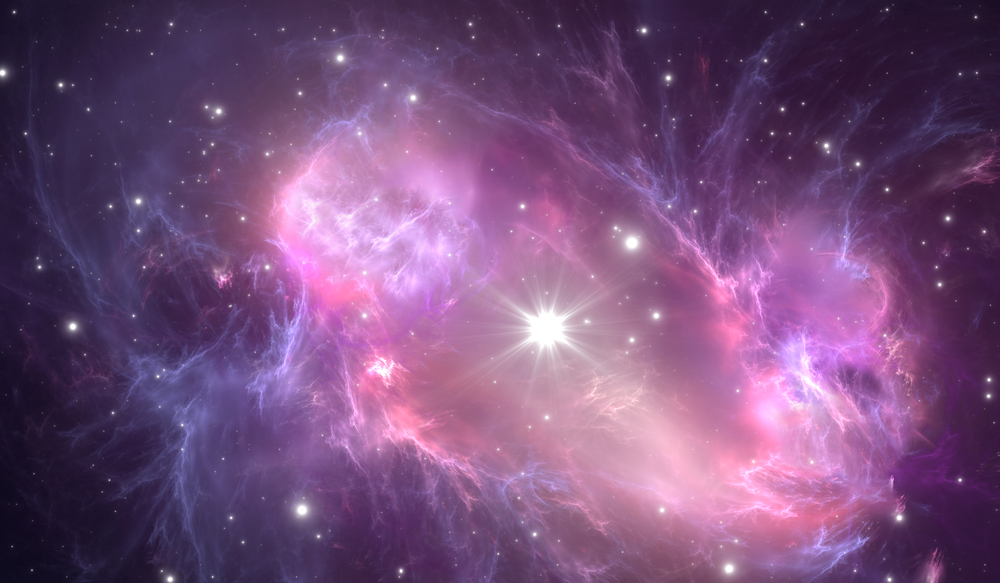
A dynamic form of dark energy may explain strange radiation signal from the early universe
By Paul Sutter published
We may have already found evidence of an evolving, dynamic kind of dark energy, in the form of the radiation emitted when the first stars appeared in the universe.
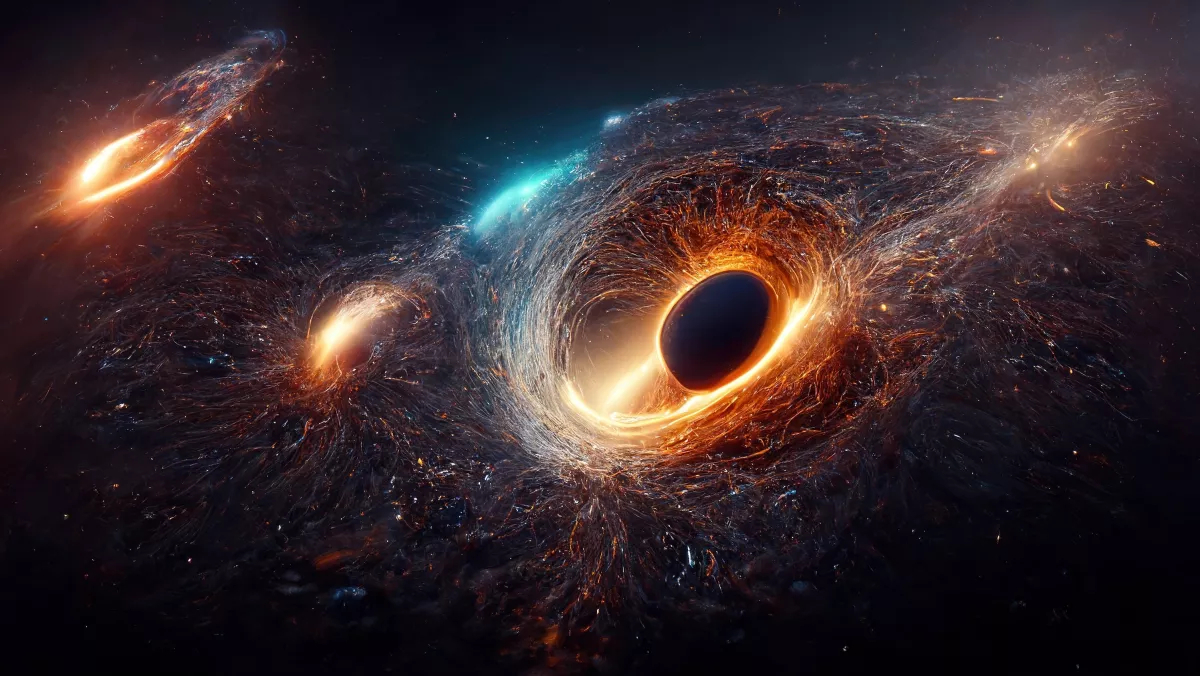
Stephen Hawking's most famous prediction could mean that everything in the universe is doomed to evaporate, new study says
By Ben Turner published
A new theory has radically revised Stephen Hawking's 1974 theory of black holes to predict that all objects with mass may eventually disappear.
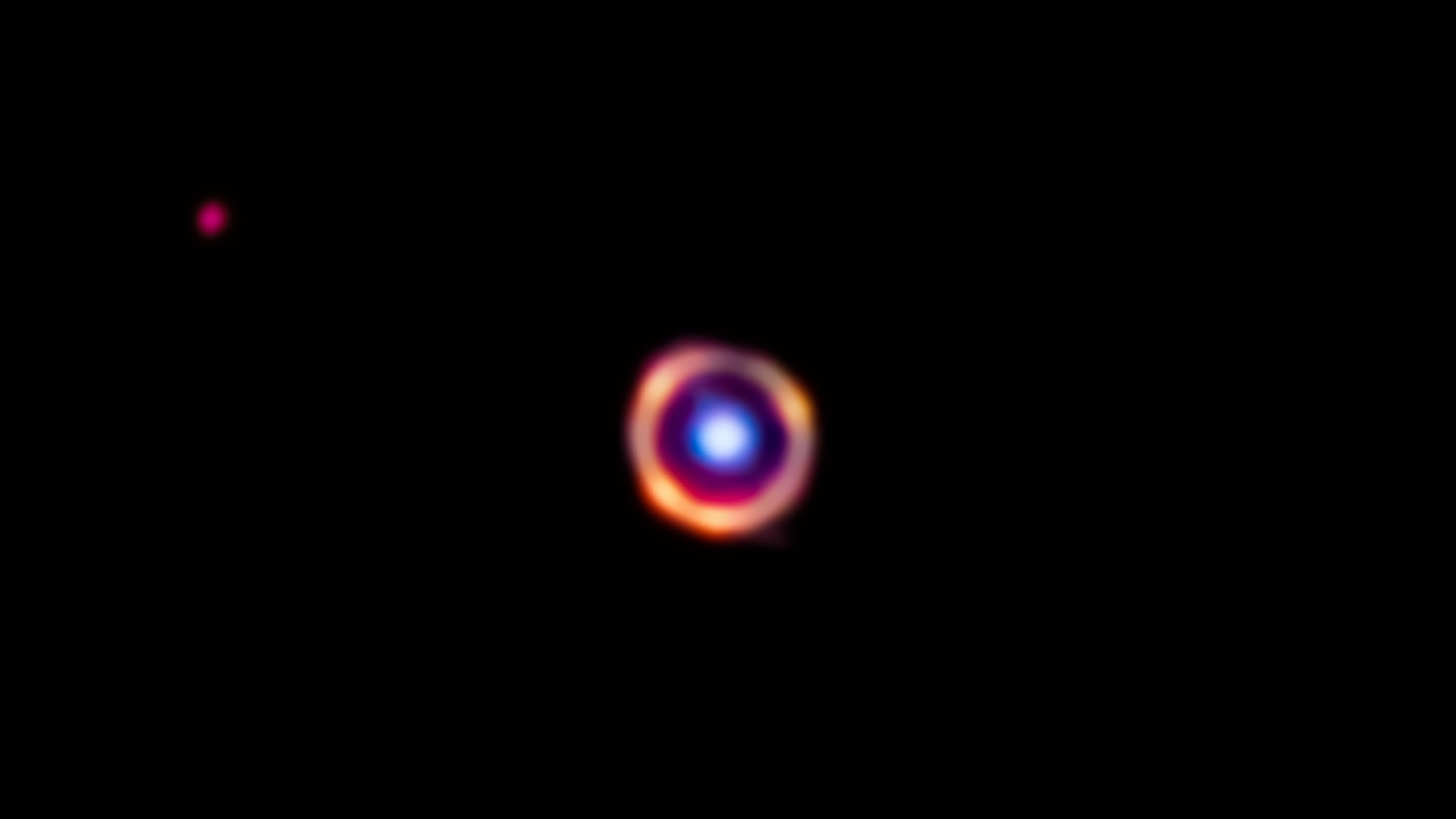
James Webb Space Telescope spies earliest complex organic molecules in the universe
By Charles Q. Choi published
Astronomers using the James Webb Space Telescope have detected the oldest known examples of complex organic molecules in the universe, a new study reports.
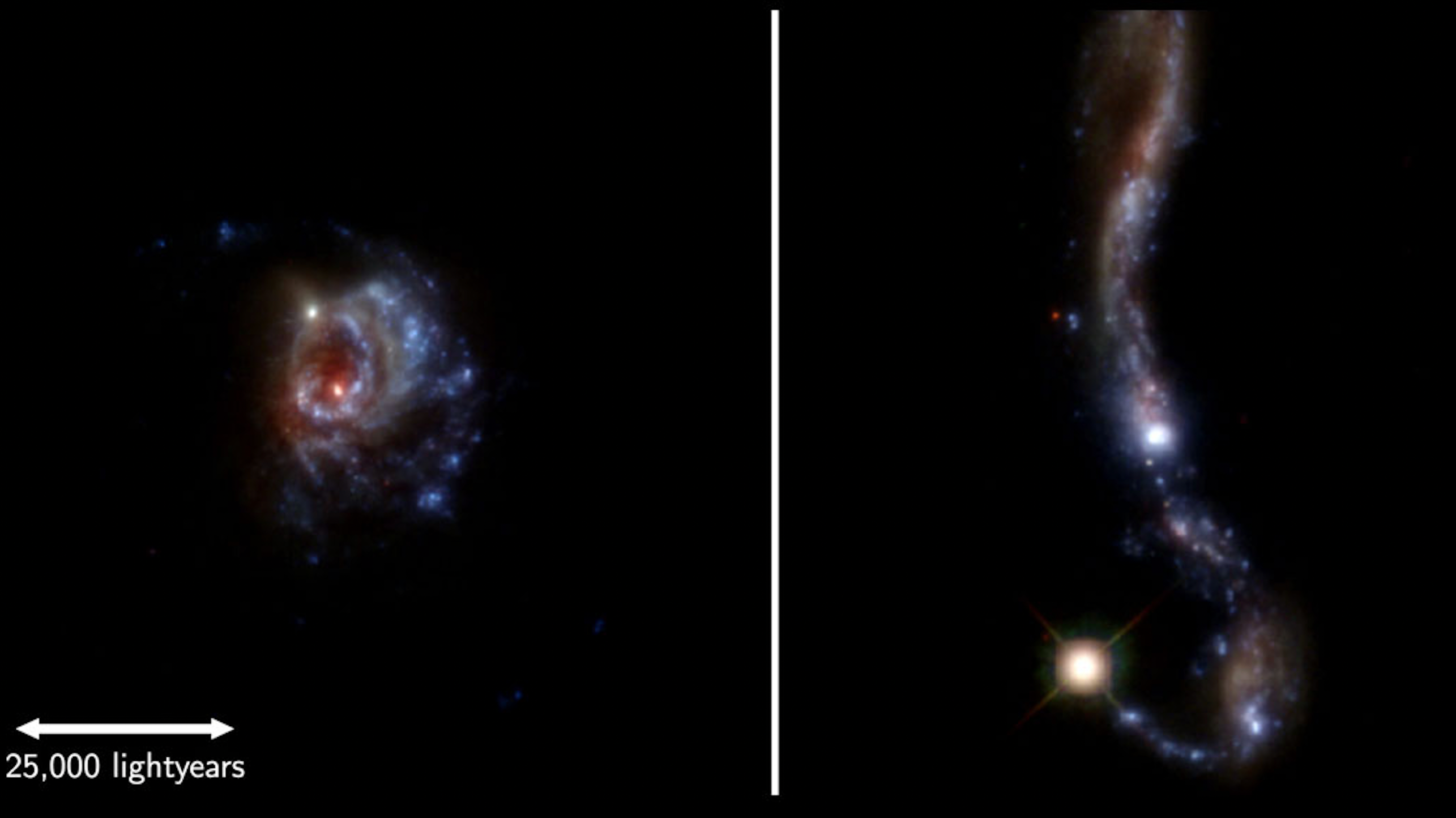
Milky Way's cosmic neighbors help bring ancient galaxies into focus
By Robert Lea published
Astronomers are snooping on the Milky Way's galactic neighbors to gain insights about the ancient galaxies being viewed by the James Webb Space Telescope.
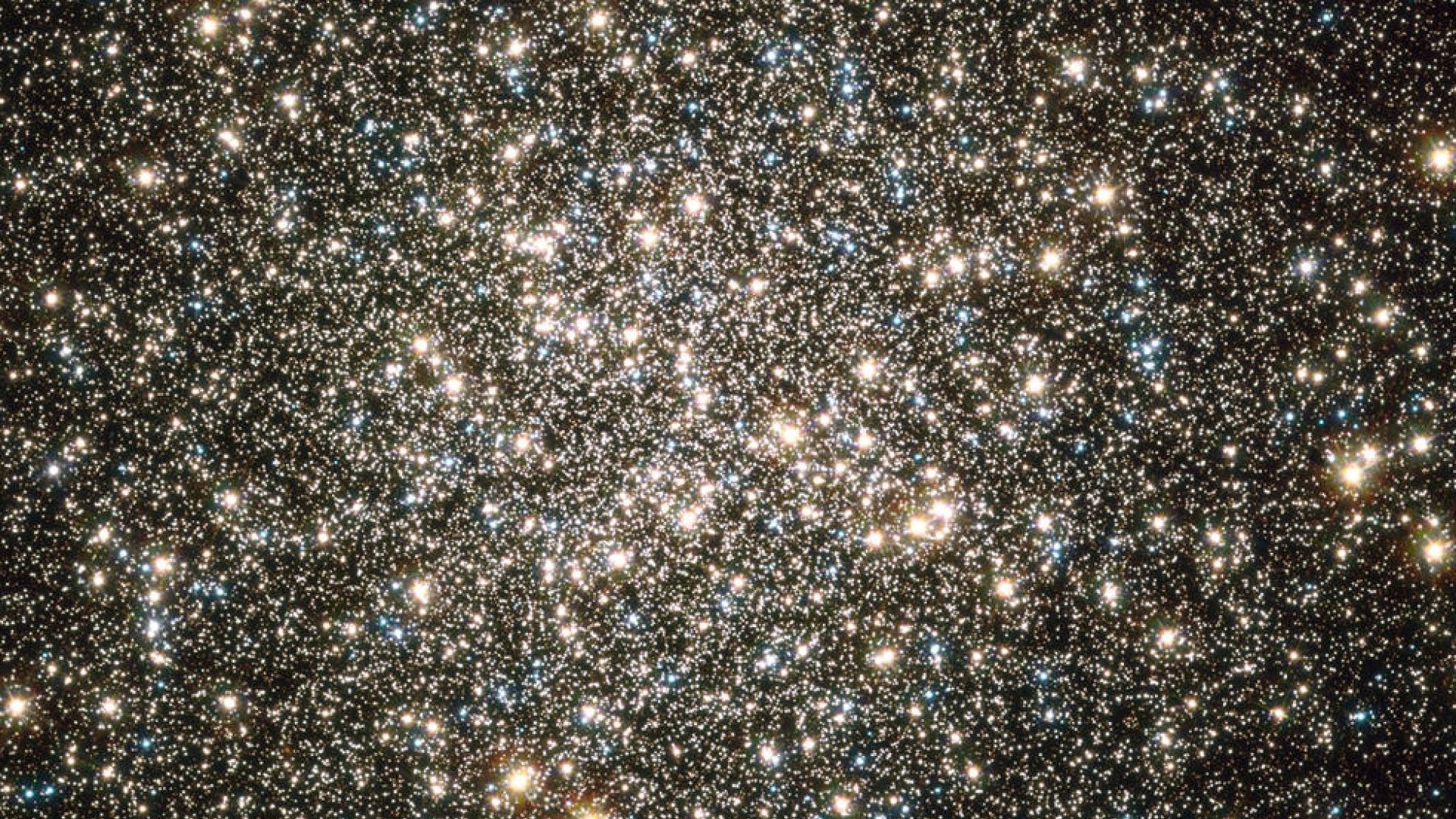
Cosmic monsters found lurking at heart of ancient star clusters by the James Webb Space Telescope
By Robert Lea published
The James Webb Space Telescope has shown that supermassive stars may lurk at the heart of globular clusters born shortly after the Big Bang.
Breaking space news, the latest updates on rocket launches, skywatching events and more!
